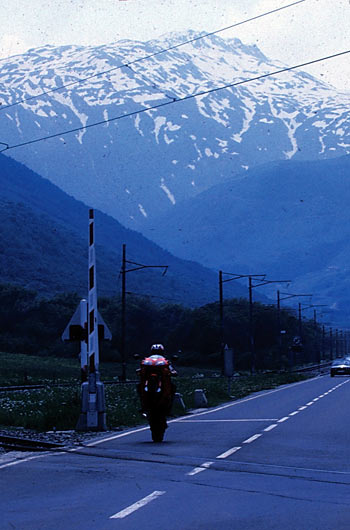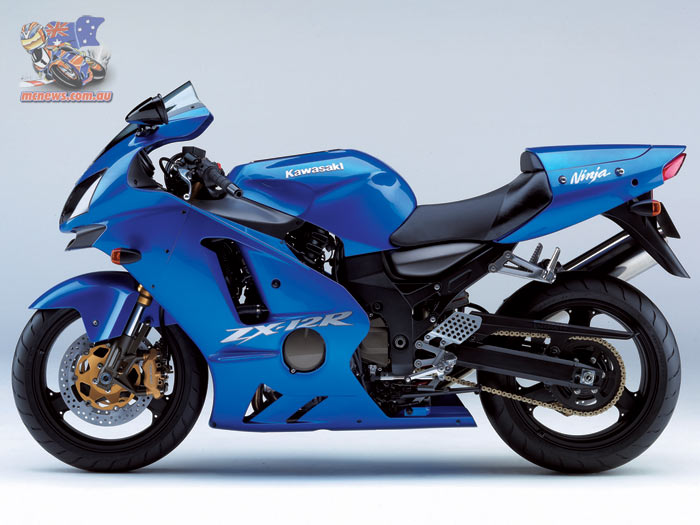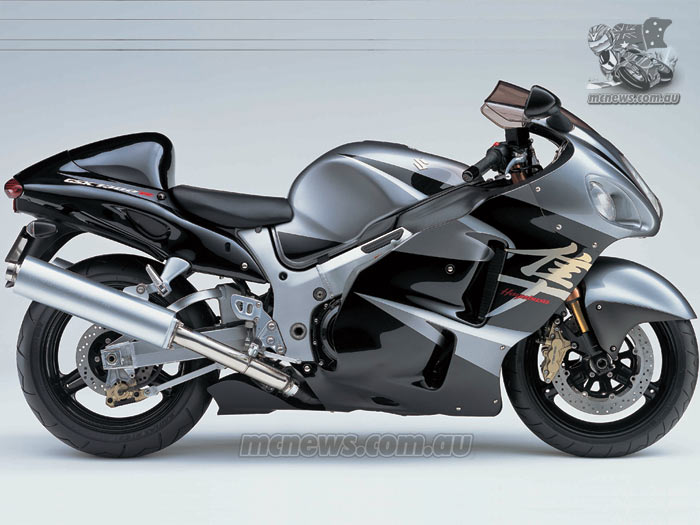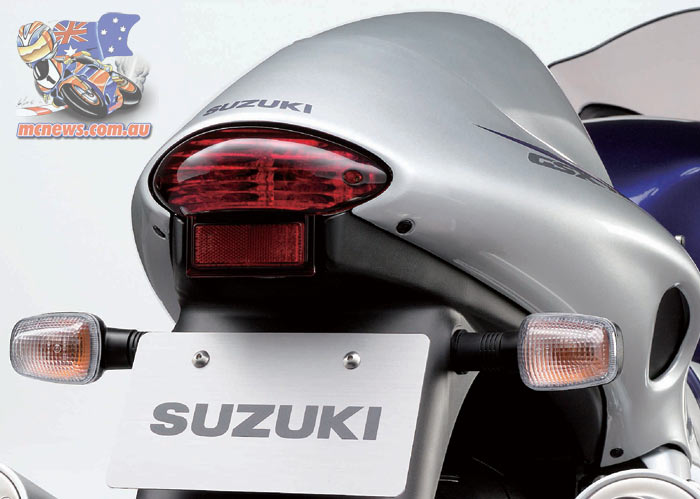I’ve always been good at denial, or so the, wives, girlfriends and people whom I apparently deny always tell me… No seriously, I have always been good at that control and self-discipline necessary when travelling long distances on a a motorbike, so that while friends and colleagues are getting off and going for a piss, a coffee and a fag every 40 minute fill up, I’m more than capable of pulling in, tanking up, getting straight back on and counting down the clicks to the next services, while my mates have to pull in half way to the scheduled next stop to relieve their bladders of the coffees they drank at the last one. Sacrifice and reward. It’s one of my perversions.
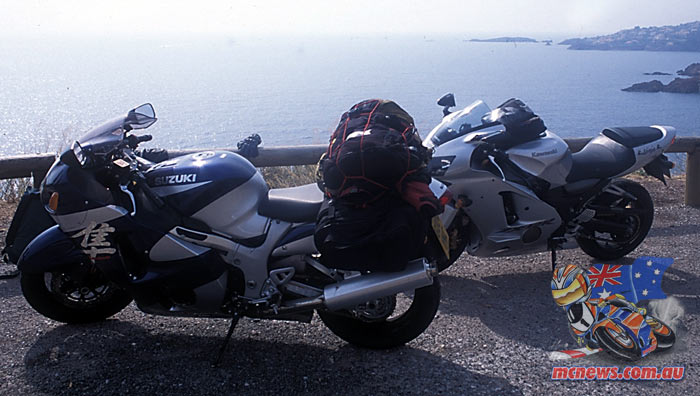
Long distance travel on a motorcycle is thus an attitude of mind as much as an attitude of behind and, to be honest, though good at long distance colonising and pillaging a few hundred years ago, Brits as a whole have really gone a little bit soft these days. They think too much about it, and the idea of being mid point between two sets of creature comforts, fills them with dread.
I like to be a bit more old style. A bit more rough and ready, self-reliant, a bit more spontaneous and make-it-up-as-you-go-along, as indeed you need to be in a country where the transport system is now so bad that it’s not worth booking a flight till you’re within sight of the airport perimeter road, or reserving a train ticket until the pullman has emerged onto the platform.
In my opinion it all only starts to go wrong when you don’t travel by motorcycle. In these days of regular two hour traffic delays, 25mph train top speeds, and 50 miles long gridlocks on our peripheral motorways, motorcycles are the only thing that time over distance can always be relied upon. You know that come what may it takes an hour and a quarter from London to Dover; no more than two hours from Calais to Paris, and around 3 to Metz, or 4 hours to Strasbourg, without even trying too hard but instead holding your speed at a steady 200kph. In other words, it doesn’t matter what the traffic is like, the weather or even the police surveillance, give or take ten minutes, you can rely on the kilometres counting down in a steady linear, stream.
The tales of the video trips we did in the old days are rooted deep in folklore. When Shakey, Gazza and co were on the firm, we’d think nothing of working a 10 hour day and then travelling six or seven hours to the next location or even next country. Checking in in the middle of the night was (still is) par for the course; driving the entire distance from London to Bologna in darkness and then going straight out on track to ride some new wonderbike without so much as half an hour’s kip is standard behaviour. Common brags exist of eight hours from Calais to Cannes; the same from Calais to Milan; nine and a half to Ducati at Bologna, and my own personal best, six hours 50 mins from Calais to Le Luc on a Super Blackbird – mind you, I also did 6hrs 45mins in a BMW 323i diesel (only 1 fuel stop!) which takes some of the glamour away. OK, so everyone exaggerates a little – give or take ten minutes. But Coming back from WDW (World Ducati Weekend) even on the ludicrously uncomfortable 996BP I was in Basel in five hours from Bologna and that included stopping twice just to make sure my arse was still connected to my legs.
So our latest challenge, five countries in five hours, shouldn’t have presented that many difficulties, really, and in fact it didn’t, especially on two such intercontinental ballistic cruisers as the Hayabusa and the ZX-12R. Like the Blackbird on which I set my best across France, these two bikes have that optimum combination of tank range to performance, so that while you’re still very definitely on the lookout for petrol every 160kms when getting up them, they don’t reduce you to paranoia every 120kms as on the R1 or the old TL1000, or even the current CBR600, mainly because you don’t have to ride them anywhere near flat out to establish a good cruising speed.
Anyone who does a fair bit of long distance riding will tell you that anyway, there is an optimum touring speed over which it’s pointless to go any faster simply because of the increase in petrol consumption. On a 600, for instance, the time gained travelling at over 200kph is not worth the extra gas a high-revving middleweight sucks in. Big bikes such as the Blade, or the Gixxer Thou are better proportionally at these speeds than the 600s, but nowhere near as good as the lower stressed big bore bikes on which 190-200kph cruising is just about perfect. The key is to maintain that momentum, in a way that you can’t do in a car, simply because neither traffic, road maintenance or even weather means you have to slow down that much.
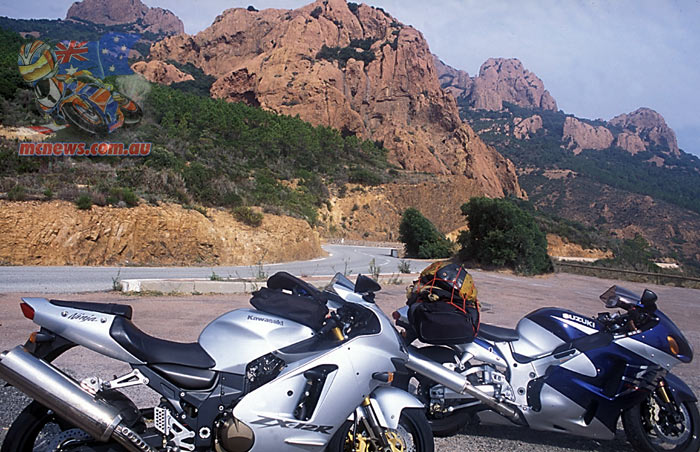
To be honest, on this particular trip we were were gagging to get away from Milan. Mid-July Tuscan temperatures of 40C and 85% humidity had even the locals fleeing for the Alps just for a good night’s sleep, let alone riding a Benelli Tornado in full leathers.
Two girls we met said they’d spent the last 3 weekends flying to Stanstead on Ryan air just to go clubbing and cool down…
Kicking at the Mondial R&D workshop, just west of Monza, the 36C sun was still beating down on mine and Jim’s necks at 11.00am as we collected the ZX-12R and the GSX1300R where we’d left them in the company’s lock-up while we’d been further south playing on the Piega and 999, and considered the conundrum of what we were going to wear in the heat.
Full leathers for the silliness that was likely to ensue up the German motorway, or simply jacket and jeans so that we didn’t evaporate on our way out of Milan?
We opted for jeans and a T-shirt actually, if only because continental cognescenti or not, this was one direction out of Milan I’d never taken before and, with the clock ticking, I didn’t want to lose the first half hour getting all hot and bothered looking for the Tangenziale or, most probably, going the wrong way round it.
As luck would have it, the motorway was actually very well indicated, though it’s always tricky to read signs when the fairing is up near your face, and to be honest it would have been rude not to have been hoisting wheelies everywhere on two bikes as potent as this in a country hooked on horsepower.
To be honest, in Italy you’re more likely to be arrested for not pulling a wheelie… Make sure you’re on the ZX-12R for maximum pose, though, as this mid balanced bike comes up as easily as the Busa doesn’t, the latter’s fast forward weight distribution and surfeit of power meaning that unless you really make the effort it’s just going to snake up the road under wheelspin. The Kwak, on the other hand, is almost better balanced on one wheel than two, and its loping first gear and seamless outpouring means that it snicks well before, or smack on the balance point – the choice is yours. Naturally, down the motorway it comes up just as easily in second, though the extra 50kgs means that whatever the horsepower, it won’t compete with the likes of the Gixxer 1000 by hoisting them in 3rd.
Anyway, within 30 mins of leaving the Mondial factory we were heading anti-clockwise on the Tangenziale and then onto the A8 towards Como and the Swiss border. I always love that last bit of Italian motorway facing the Alps and in particular Monte Rosa. You really feel like you’re making progress out of the grime and sweat of the Italian mainland and, of course, the light here is the best in the whole of Europe, so that the surrounding fields of corn are always bathed in a rich, warm, yellow glow.
With the sun moving round behind, you come down this last fast stretch of two-lane dual carriageway which dips into a valley full of speeding Ferraris on the way back to their tax-exempt homes in Locarno, but not one of them was a match for the indicated 310kph the Busa was registering…
Jim at this stage, was a little way behind. Being from the rural part of England, he’s not quite as happy flat out around cars as I am and, more to the point, the last time he was following a Hayabusa this close, the chain snapped and flew over his shoulder. Luckily, this was in Gatso infested England where we were only doing about 80kph, but I imagine he was considering what might happen should it repeat the performance at over 300kph…
The last post before the Swiss border is a wholly inadequate Italian services, swamped with locals getting their last taste of genuine expresso before the more insipid version over the frontier. We made it here in about 35 mins and, rejecting the cafeteria on the grounds of delay, simply juiced up with extra lead Italian petrol and headed for the last Peage 2kms down the road. One good wheelie out of here and the final stretch to the faintly fascist frontier is actually a very interesting set of bends on a carriageway elevated high above the lake and town where a wide running Busa is not the bike to be on.
Granted, normally Hayabusas actually steer remarkably quickly for their size and can be made to follow through just as nimbly when you’re hangin off the inside. But when you’re in a more normal road riding mode, ladled with baggage, the following weight becomes much more of an issue and one that can catch you out if you use the Hayabusa’s initial turn in speed to the full. The ZX-12R, by contrast, is a little more leisurely steering wise, and there’s no disguising the weight. But once into the turn it’s a master of mid corner speed and actually feels like it holds a tighter line than the Hayabusa, with or without excess baggage.
The beauty of bikes generally is that they always get across borders quickly. Like the rest of the world’s population, Frontier police just seem to think of bikers as mad eccentrics, in no way switched on, devious or savvy enough to be smugglers – of course, we all know otherwise… Anyway, by the time you could say Colombian marching powder, we were over and into the mountain fortress courtesy of the Swiss motorway stickers we’d previously prised off our van and car…
Now from the border at Como to the famous Gottard tunnel (famous because it’s free and all the others across the Alps are around £15.00…) is about 80kms, and we’d already taken 45 minutes, so we allowed ourselves no more than a further half an hour which is no foregone conclusion as this part of the Swiss motorway lopes around the lakes and is thus quite curvy. Additionally, the Swiss are not a race that take kindly to be overtaken at 200kph an hour, especially up the inside, on the hard shoulder, between the lines of traffic or, most enjoyably, on one wheel, and with the advent of mobile phones it only takes one cantankerous cantoner to hail the police and it’s game very definitely over, as I found out to my horror a couple of years ago when a 230kph inside lane undertake had me being pulled over at gunpoint and fined £300!
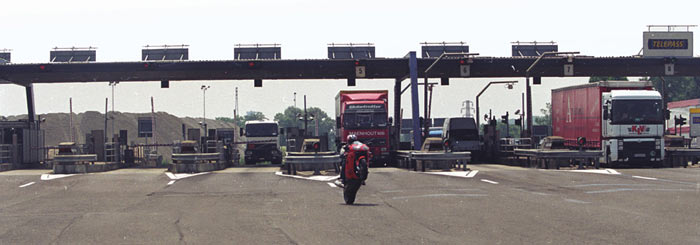
As it was, this time round we were lucky enough to have dodged the holiday return carriageway cloggings of the Belgium and the Dutch, and the motorway was reasonably empty so that sitting at 200kph for half an hour, even through the sometimes sinuous viaducts, didn’t prove too difficult.
Actually, despite their reputation, we didn’t see a single police car, and on the gentle, immaculately surfaced motorways both bikes felt beautifully composed. In fact, I’d go so far as to say I couldn’t have thought of anything else I’d rather have been riding and was beginning to think that 175bhp might well be the sensible minimum for a road bike after all, so that we arrived at the Gottard services a few kms south of the tunnel in a stunning 28 mins, with the clock now reading 1.15pm or thereabouts. No time for a coffee or even a fag, though, because rather than take the easy route through the 17kms bore (the tunnel, not the whole of Switzerland…), Jim and I decided the best way to test the respective bikes’ fully laden handling ability was by riding them over the top.
Only thing was, we hadn’t banked on the rain and 500 metres from the top, the snow! Oh yes, from the 38C of Milan it was now barely +5C and the roads were soaking. A couple of half-baked wheelie-against-the-snow attempts at the summit, and we were ready to go again, and as luck would have it, five minutes down the other side of the valley, the rain had stopped and the sun was breaking through. On these slower, tighter unknown 120-140kph curves, the true mid corner superiority of the ZX-12 became apparent, and while struggling against the front-end planted Hayabusa in the wet on the way up, I could now hear the sizzling of the Kwak’s platters at every braking point. At this stage, we hadn’t fully realised how the Busa’s badly worn rear cover was conspiring to push the front end wide, but when Jim came by up the inside as I ended up on the wrong side of the carriageway yet again, I couldn’t exactly claim to have been surprised.
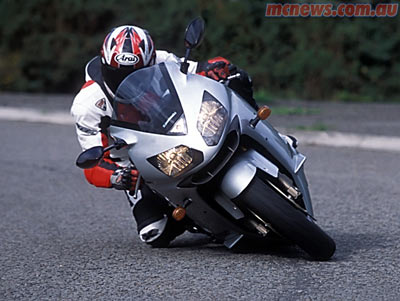
As we rejoined the motorway some 30kms and probably a solitary litre of petrol later at that altitude, the first thing we noticed was how quickly the traffic had built up. From Gottard to Luzern is a fairly fast stretch bordering some of the most beautiful lakeside views in all of Switzerland. But from there on in to the border at Basel, the constant criss-cross of motorway intersections is a fairly choked up suburban and at the same time, international traffic crawl, though the slowest moving race by far out of the very cosmopolitan automotive field is the native Swiss who barely broach double figures if they can help it.
We’d banked on about an hour and fifteen to the Swiss/German trenches, and again, a painless crossing saw us to the car park of the first services 100 yards into Frankfurtherland at 3.15pm. Reckoning the 128 kilometres out the other side of the Reich at Strasbourg would only take us 30 mins at 250kph, we even allowed ourselves the luxury of a warm forecourt bratvurst before gassing up and rolling onto the German Autobahn.
It doesn’t matter how many times you’ve done it, it still feels odd to be doing twice the British limit legally, and to be passing Police cars in lay-bys who are more interested in prosecuting caravans in the outside lane than they are in persecuting motorcyclists screaming past at nigh on 300kph. Of course, some sections of the German motorway are restricted, and they can still charge you for dangerous if they judge your speed to be putting others at risk, but when we pulled up next to a Police Porsche no less at 220kph and he simply smiled at us, it made my day. As we’d run these bikes flat out against each other before, we didn’t really get them to absolute maximum for fear that our luggage (including £10,000 worth of cameras) might take off – especially as I’d jettisoned a full can of beer from my bag at 280kph which bounced just in front of Jim’s front wheel in an eery parody of the original bike’s chain just a week before. But from entry at Basel to exit at Strasbourg (including the sausage) still only took us 42 minutes. It was now 3.58 as the sun began to dip behind the Macdonalds and the Hotel next door to which Jim had very naturally pulled up.
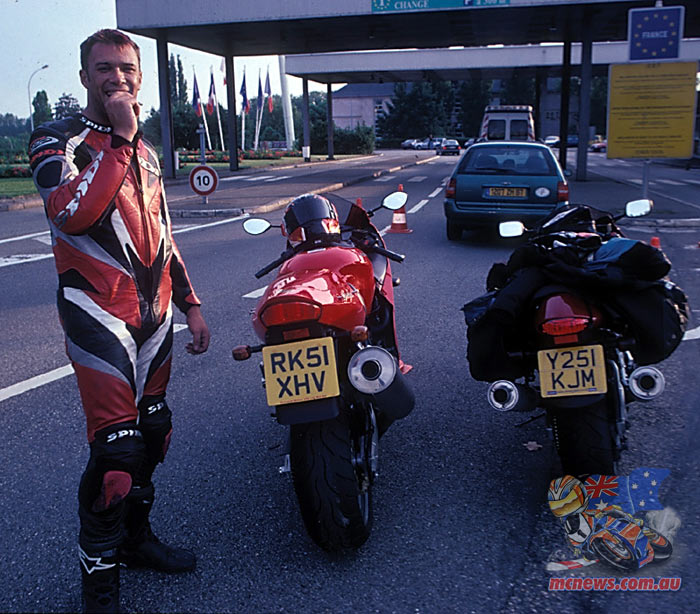
Five minutes to get across the borderless Strasbourg was all we needed before setting off on the tedious, but easy, clear, and ultra fast French motorway towards the smallest country in Western Europe, the Grand duchy of Luxembourg. Long time ago, before ZX-9Rs had been invented, this was always the way I used to cross Europe on my GPz900, and one particular motorway corner just outside Saarbrucken would always entice you in way too quick and then tighten up at 190kph. I remember thinking then; “If only this thing handled better”. Yet here I was now, doing the very same thing, thinking the very same thing, but 30kph faster, so the better handling is all relative. To be honest, by this stage I was well in the Kwak’s wake and just following Jim. There’s no way I’d have gone in as hot as that on my own and at my ripe old age, I should have known better because at that speed I quite easily had my knee down trying to pull the Hayabusa tighter as it virtually ran off the edge of its tyres, while Jim was visibly cruising on the corner King Kwak.
To be honest, though, it’s the one welcome relief from an otherwise fast, undulating but very tedious stretch, best dispensed with at 220kph, in a department of France where the only police you see are customs men at the Peage.
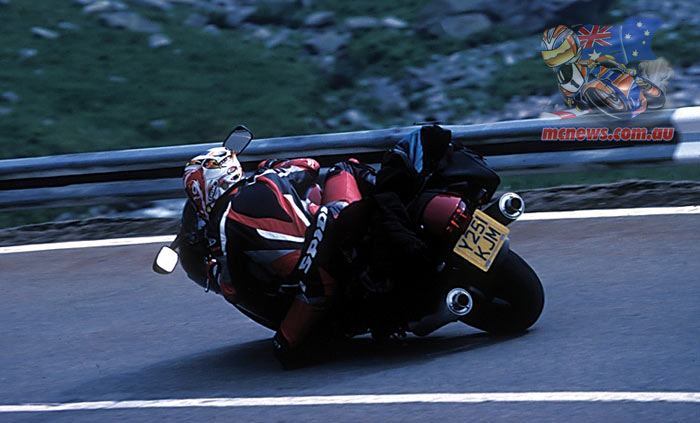
Judging our time and distance to exactitude, we backed off a little rounding Metz and up to Thionville knowing that we didn’t have enough time to stop and fill up but that we would be running perilously close to empty by the time we crossed the anonymous Luxembourg border at Bettenburg. To be honest, I’ve always been a little petrol paranoid and sure enough, when we filled up on the ring round to Arlon, the Busa still only took 15 litres – not bad for the best part of 200 kilometres at around the same speed, though where either Suzuki or Kawasaki get their grandiose container claims for, God only knows. To this day I’ve never managed to squeeze in more than 17 litres in either bike.
Refilling was definitely top of mine and Jim’s agenda by now, and though we could have made it 6 countries in six hours with a quiet bimble towards Namur, or even 7 in seven hours back into France or perhaps in eight in eight hours with a good tunnel connection to the UK, we opted instead for… breakfast… It was just then as we sat calmly outside the service station in the sun that three motorcycle police pulled up and wondered just how fast our motorcycles really did go…
